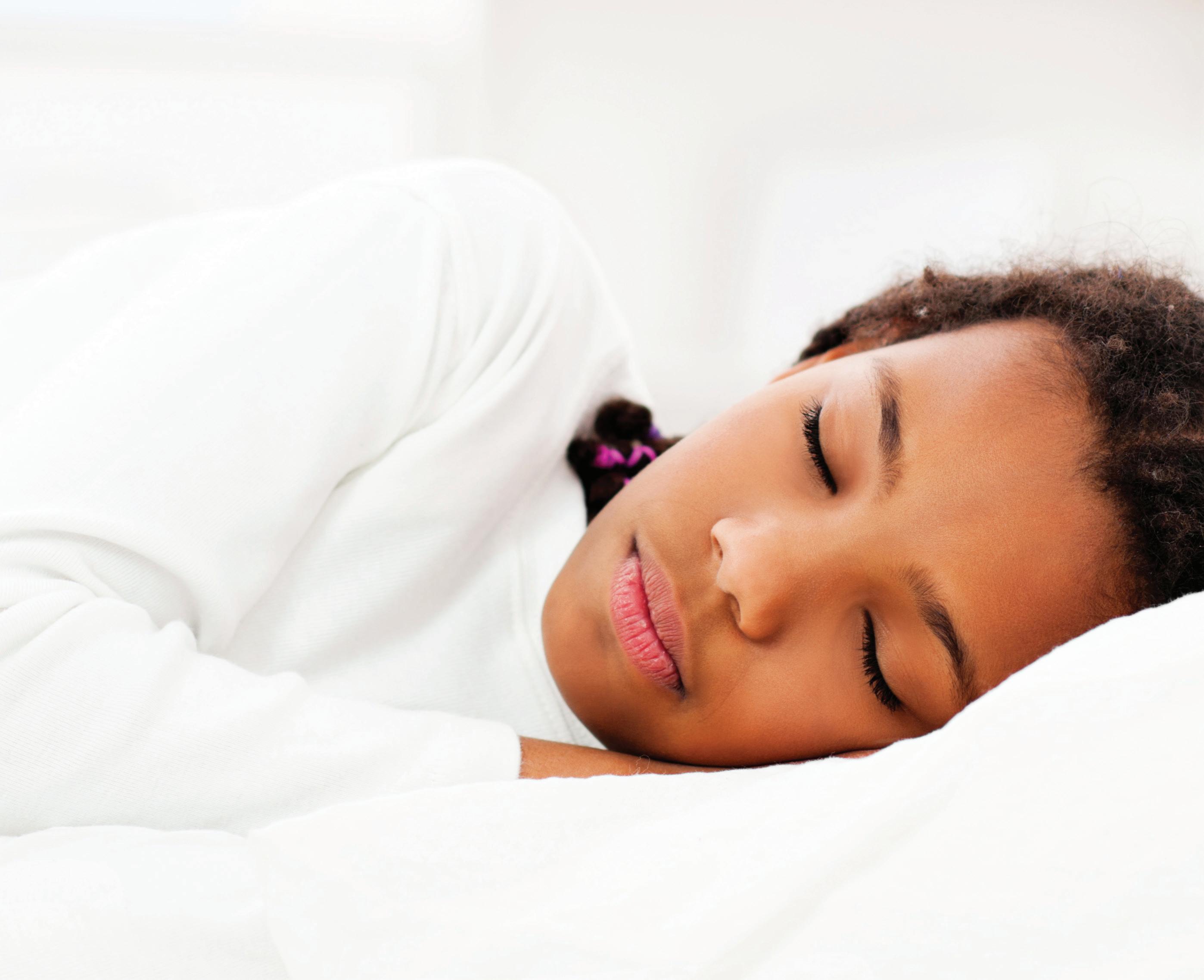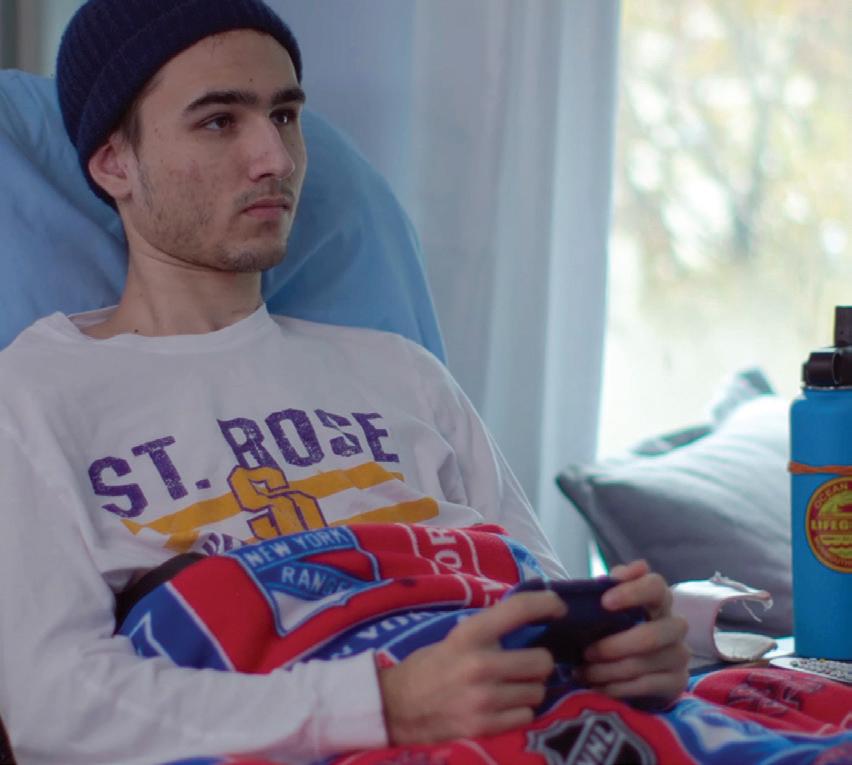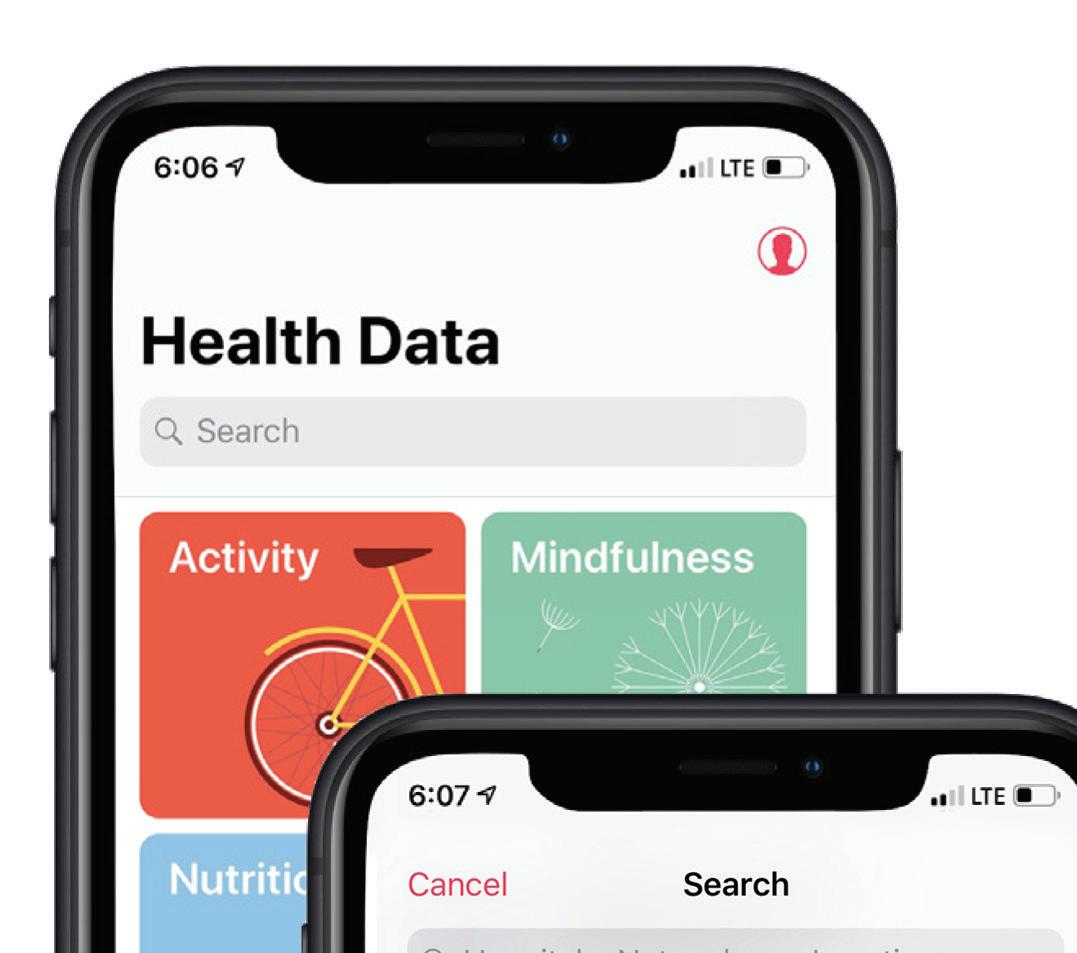IS YOUR CHILD GETTING ENOUGH SLEEP? T EYE-OPENING TRUTHS ABOUT KIDS AND THE EFFECTS OF TOO LITTLE SHUT-EYE.
Healthy Together
| 4 |
SBMC_Sleep_Sum2020_final.indd 4
he baby who wakes you at 3 a.m. The nap-resistant toddler. The teen who texts deep into the night, then sleeps too late in the morning. For many parents, concerns about when a child should and should not be sleeping begin at birth and don’t end until the child is out of the house—and for good reason. “Sleep is the glue that holds us together,” says pediatric sleep physician and pediatric pulmonologist Stephanie Zandieh, MD, Director of Pediatric Sleep Medicine at Saint Barnabas Medical Center and a member of RWJBarnabas STEPHANIE ZANDIEH, MD Health medical
group. “Lack of sleep contributes to difficulties with learning, memory and emotional control, and causes disruptive behavior, decreased energy and lack of motivation.” So how can you help write a better bedtime story for your child?
THE EARLY YEARS: BABIES AND TODDLERS Newborns don’t enter the world with an internal clock. “Before 3 months of age, baby doesn’t know the difference between day and night,” says Dr. Zandieh. “Once they are about 3 months old, you can teach baby to self-soothe and fall asleep without parental presence, and keep to a schedule.” Most babies will take a morning nap and an afternoon nap. Between 1 and 2 years old, the morning nap gradually gets later and becomes the only nap. Since
Summer 2020
7/29/20 2:48 PM











